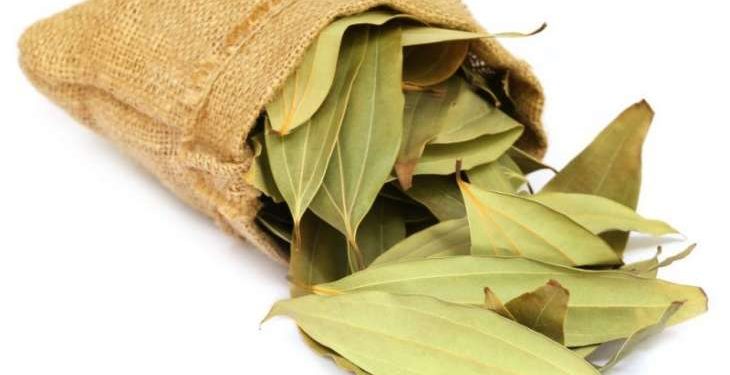Everyone uses bay leaf for day to day cooking purposes. It is used for culinary purposes for its distinct fragrance and flavor – and is removed from the cooked food before eating.
However, not many know why people add the leaf to dishes. Here is a list of benefits of sweet bay leaf.
- Aids Diabetes Treatment
Studies show that bay leaves can help people with type 2 diabetes. In addition to rendering flavor to foods, bay leaves were also found to play a role in glucose metabolism. Bay leaves can also reduce bad cholesterol levels and increase levels of HDL (the good cholesterol) in patients with type 2 diabetes.
- Can Fight Inflammation
Bay leaf was found to inhibit the activity of the COX-21 enzyme, which is known to trigger inflammation. Bay leaf contains sesquiterpene lactones2, which are known to fight inflammation by inhibiting the production of nitric oxide.
Studies show that nitric oxide, in higher concentrations, can lead to inflammation – and that nitric oxide inhibitors serve as potential treatment options for inflammatory diseases.
Cineole, a major compound in bay leaf, was also found to fight inflammation. It achieves this by inhibiting the activation of inflammasome, another compound responsible for the activation of inflammatory responses.
- Can Help Combat Cancer
A study conducted on human cancer cell lines concluded that bay leaf extract showed promising results as an anticancer agent. Cineole, the main compound in bay leaves, was found to suppress the growth of leukemia cancer cell lines.
Bay leaf was also found to be effective in breast cancer therapy. The study found that the leaf extract induced cell death in breast cancer cell lines.
In an Australian study, incorporating ingredients into foods (of which bay leaf is one) had shown positive results in the prevention of colon cancer.
- Helps Fight Fungal Infections
Studies show the antifungal properties of bay leaf, especially against the Candida infection. The leaf had prevented the adhesion of Candida to the cell walls, thereby keeping it from penetrating the membrane.
- May Aid Wound Healing
In rat studies, bay leaf was found to contribute to better wound healing than the control group of animals. Though it didn’t fare better than Allamanda in terms of healing wounds, it did show beneficial effects.
The reasons behind these benefits lie in its nutrients. In the following section, we will look at the rich and varied nutritional profile of bay leaf.
Agencies






































